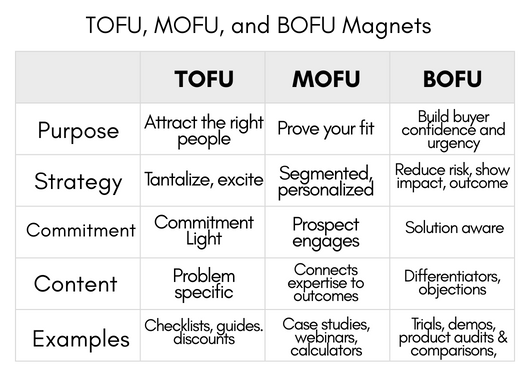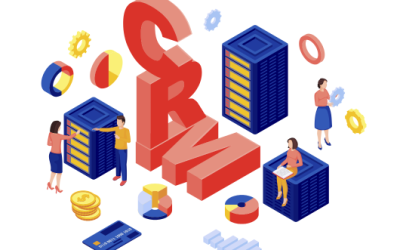[vc_row][vc_column][vc_column_text]Before we jump into CRM data segmentation, let’s imagine buying a house with a 2-car garage. We are so excited that we have a garage and think of all the things we will be able to do. We will be able to park our car and bicycle, store seasonal decorations, and have a workbench with tools. We segment our garage for specific items and purposes, but we move into the home and soon the garage becomes a catch-all. Our nice segmented garage is difficult to navigate. We have a hard time finding what we need, and we can’t use parts of the garage to its fullest potential like the workbench.
Now, imagine your CRM. CRM is a tool to help sales. We have all these things we can do with the CRM, but, oftentimes, it becomes a catch-all for every lead, contact, and note without rhyme or reason. It becomes hard to navigate and becomes difficult to use effectively just like our imaginative garage.
To use our CRM effectively, it needs to be well kept and in order. This is hard work, but by laying a foundation of a system such as a sales funnel, we can keep it clean and effective. Like our garage, we should segment our data in our CRM for specific purposes to help us to increase conversion rates. Otherwise, it becomes the catch-all to the point that it becomes a costly tool to store information.
We would like to share the benefits of segmenting your CRM data.
- Segmenting helps you target subsets of your CRM contacts so you can create specific content for specific audiences. Subset criteria may include industry, demographics, and geography. For example, if you want to reach real estate agents with an office in Arlington, VA, and focus on residential sales so you can reach out to them about your services, you can create a targeted subset. Now you can create content about your services that resonates with them.
- Dynamic lists make segmentation easier. Why would you need a dynamic list? Dynamic lists are populated every time you add a contact that meets certain criteria. When you use dynamic lists, your data is up to date when you use the list to send a targeted or segmented list. For example, you might want to target dentists in 5 zip codes in 3 states, or you might want to take it a step further and add 2 or more years of practice to the criteria. Dynamic lists make it easy for you to segment and reach out to the contacts that meet the criteria.
- Segmentation helps you become more competitive. As your customers change buy habits, you need to be one step ahead of them and that means being one step ahead of your competition. For example, customers are definitely changing how they buy in the midst of the COVID-19 pandemic. For example, you can see how one industry is buying vs another industry with segmentation. With this understanding, you will have an edge over your competitors and be better equipped to meet customer and prospect needs.
- Improve offerings with segmentation. Segmentation can be a litmus test for your offerings, so to speak. How do different demographics like industries, job titles, age groups, or interests interact with product or service? For example, you may sell a product to both men and women, and you notice that you have more sales from men than women. Segmentation can reveal insights into the reason women are less enthusiastic about your offering. This knowledge can help you improve your offering so that it appeals equally to both men and women.
- Meet your business goals faster with segmentation. Every business has a goal to be profitable and succeed. A strategy with benchmarks and key performance indicators (KPIs) is usually created to help meet business goals. Using segmentation in your CRM will help you know if you are reaching those goals in specific areas. For example, if you are trying to reach first responders, you can segment your CRM data and look at each type of first responders such as firemen, police, and EMT. You can see which subset of first responder is engaging with your call to action and which one needs improvement. This information will give the leverage you need to meet your business goals faster.
Segmentation has many benefits when done right, it will lead to increased business and profit. Like our imaginary garage, your CRM stores a lot of data. Keeping your CRM free from clutter and segmenting your data will allow you to do so much more, be more efficient, and grow in revenue. If you have questions about segmentation or you are not using a CRM and would like to get started with the many benefits of segmentation, reach out to us at jonr@cccsolutions.com or 301-332-0613
[/vc_column_text][/vc_column][/vc_row][vc_row][vc_column][vc_custom_heading text=”More CRM Topics” font_container=”tag:h2|text_align:center” use_theme_fonts=”yes”][vc_empty_space][vc_basic_grid post_type=”post” max_items=”2″ element_width=”6″ orderby=”rand” grid_id=”vc_gid:1589894479646-7eb2a002-24c6-1″ taxonomies=”4″][/vc_column][/vc_row]






